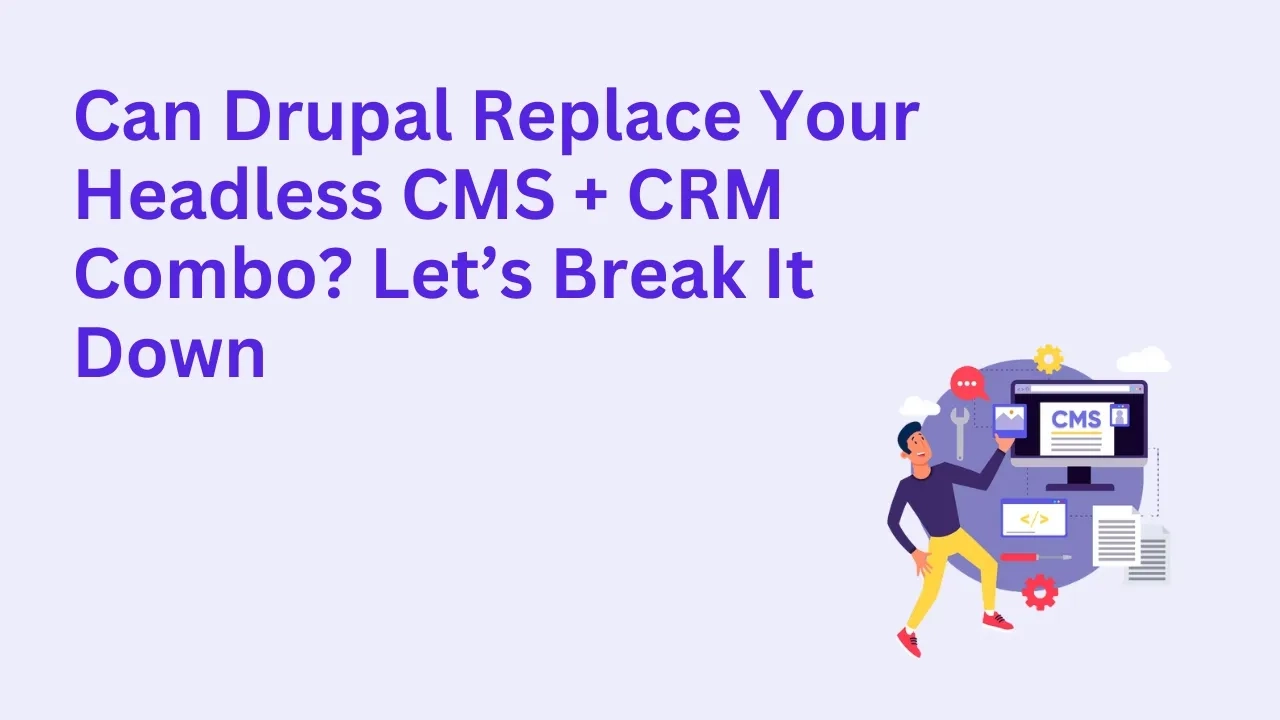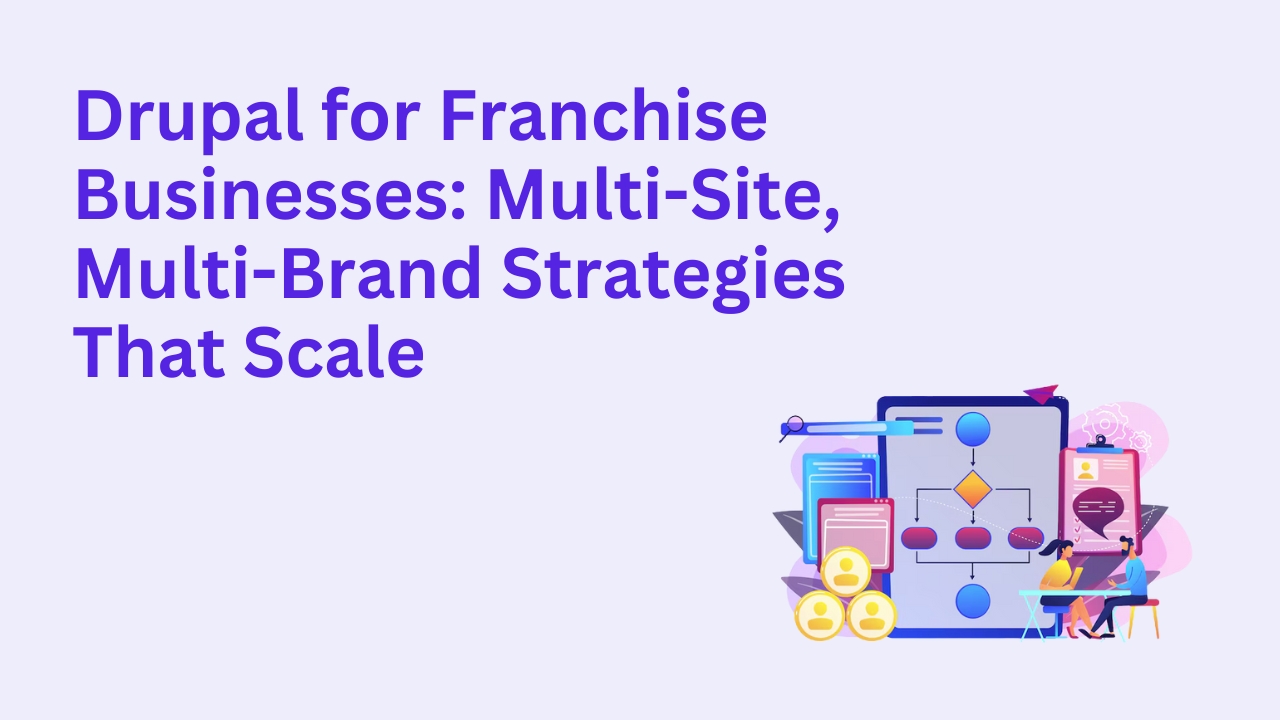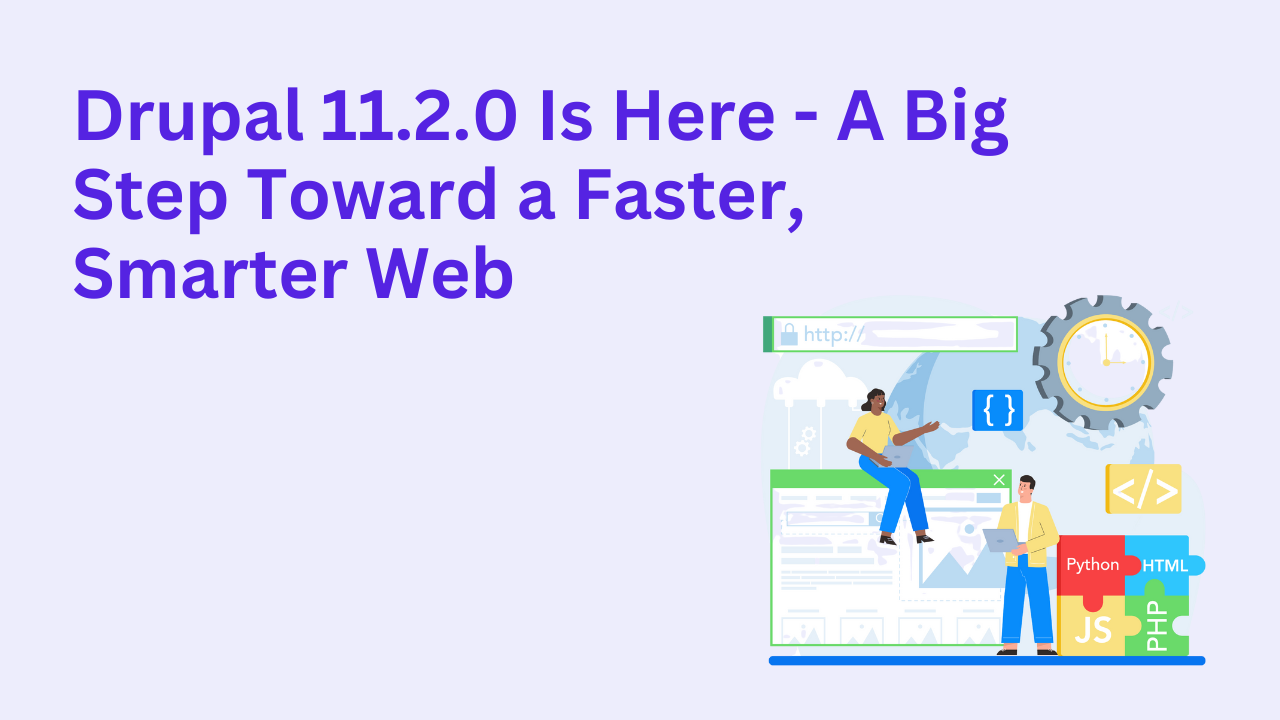Can Drupal Replace Your Headless CMS + CRM Combo? Let’s Break It Down

Many modern digital stacks combine a headless CMS with a dedicated CRM to deliver dynamic, personalized, omnichannel experiences. But what if you could streamline that architecture and reduce tech debt without sacrificing power?
The big question: Can Drupal handle the job of both a headless CMS and CRM integration platform? Spoiler alert - in many cases, yes.
Let’s break it down.
Why Teams Use Headless CMS + CRM Today
Here’s why this combo is common:
Headless CMS (like Contentful, Sanity, or Strapi) provides structured content for websites, apps, and devices
CRM tools (like HubSpot, Salesforce, Zoho) manage customer data, lead flows, email marketing, and sales pipelines
But with multiple platforms comes complexity:
Data silos
Integration maintenance
Multiple dashboards
Higher costs
Slower speed to market
This is where Drupal starts to shine.
Drupal as a Headless CMS
Drupal is API-first and excels in decoupled architectures.
Built-in JSON:API and GraphQL support
Custom content types and entity modeling
Multilingual, media-rich, and revision-ready content
Role-based publishing workflows
Headless delivery to web, mobile, IoT, and kiosks
Whether you're running a fully decoupled frontend (React, Vue, etc.) or a hybrid setup, Drupal makes an excellent headless content hub.
Drupal + CRM: Powerful Integrations
Drupal doesn’t aim to be a CRM — but it can seamlessly integrate with leading CRM systems through:
RESTful APIs and Webhooks
Contributed modules for Salesforce, HubSpot, Zoho, and more
Custom connectors for niche or internal CRMs
Webform CRM integration to push form data instantly
Marketing automation triggers (e.g., send to CRM after profile update)
The result? You get a unified content and lead capture engine that syncs perfectly with your CRM of choice.
When Can Drupal Replace Your Current Stack?
Let’s look at when Drupal can replace both your headless CMS and simplify CRM workflows:
Use Case 1: Content + Lead Gen Hub
Manage structured content + landing pages
Capture leads via Webforms
Push lead data to CRM via Zapier or API
Run lead nurturing through external tools
→ No need for a separate CMS + lead capture frontend + connector scripts.
Use Case 2: Streamlined Martech Stack
Build decoupled sites or mobile apps from Drupal
Store user behavior and preferences
Trigger CRM workflows via integrated events
Track user journeys via GA4 and GTM integrations
→ Drupal acts as both content brain + event trigger point.
Use Case 3: Custom CRM-Like Portals
Manage customer data inside Drupal with custom entities
Assign roles, permissions, and activity tracking
Send personalized content or dashboards
Sync external CRM only where needed
→ For smaller teams, Drupal can reduce reliance on a full CRM system.
When Not to Replace Your CRM
You shouldn’t replace your CRM if:
You rely on robust sales pipeline management
You need advanced email marketing automation
Your team lives inside Salesforce, HubSpot, or Pipedrive daily
Your compliance depends on strict CRM-specific regulations
In these cases, Drupal is still a perfect content and integration engine, but not a CRM replacement.
Bonus: Drupal + CRM + Headless = Hybrid Harmony
The most powerful setup?
Drupal for content
CRM for customer management
API orchestration to bridge both with real-time sync
Think of Drupal as the core engine — pushing content and syncing data — while letting each specialized platform do what it does best.
Final Verdict
Drupal can absolutely replace a standalone headless CMS, and in many cases, can minimize your need for complex CRM workflows — especially for lead gen, basic segmentation, and content-personalization use cases.
But the decision depends on your scale, goals, and existing stack.
Need Help Rebuilding or Integrating?
At Drupalify, we help businesses:
Replace legacy CMS stacks with Drupal
Set up headless + decoupled frontends
Integrate with CRMs via APIs and Webhooks
Streamline lead generation and user journeys








